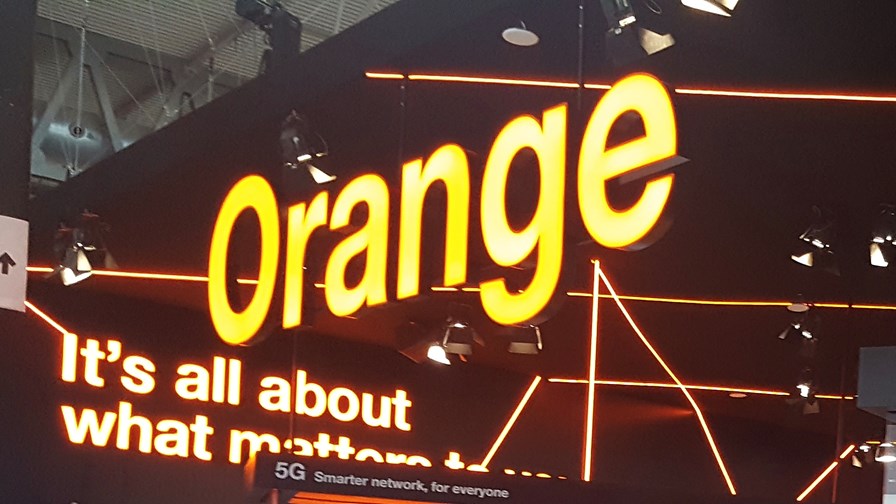
Orange
- Orange denies major M&A rumour, preps 5G launch
- Telefónica expands its edge computing-based virtual data centre coverage
- ITU gives 5G green light to three technologies
- Nokia confirms departures of IP/Optical unit chiefs
Significant news from Orange about what it isn’t planning (as well as what it is…), an expansion of Telefónica’s virtual data centre edge nodes, the ITU’s word on 5G tech and confirmation of the IP/optical brain drain at Nokia are jostling for today’s news gold medal.
Orange has denied rumours it is planning to acquire IT services giant ATOS, following speculation in the French media. The operator recently received a €2.2 billion tax windfall and may use some of that cash for M&A activity, but denies any plans to buy ATOS.
The French operator has also provided details of its initial 5G services rollout, with 15 municipalities set for the service on 3 December. Orange says it will be offering 5G services using its 3.5 GHz spectrum in more than 160 municipalities by the end of the year. See this press release for more details.
Telefónica has expanded its edge computing-based virtual data centre coverage with the deployment of nodes in Seville, adding to those already deployed in Barcelona and Madrid. “Telefónica is particularly well-positioned to capitalise on the potential provided by this new technology as a result of the capillarity of its extensive network and the proximity to end users of its Central Offices where the edge nodes are located,” stated the operator in this press release, which identified “medical imaging and 8K video for cancer screening, Artificial Intelligence for real-time decision-making, multi-site and distributed robotics, virtual, augmented and mixed reality solutions, online video games, touch screen internet and future autonomous vehicles” as applications that would be better supported by the operator’s Virtual Data Centre Edge (VDC-Edge) service.
The ITU has completed its evaluation of the candidate IMT-2020 cellular radio technologies and has identified three that have met the required performance and ‘vision’ thresholds needed to become a 5G standard. They are: 3GPP 5G-SRIT and 3GPP 5G-RIT, both submitted by the Third Generation Partnership Project (3GPP); and 5Gi submitted by Telecommunications Standards Development Society India (TSDSI). The ITU says the three versions of 5G were deemed to be sufficiently detailed to enable worldwide compatibility of operation and equipment, including roaming. We’ll do a deeper delve tomorrow to find out whether adopting three technologies for the 5G standard risks creating problems or will, in fact, help forestall them. For more details on the ITU announcement, see this press release.
Nokia has confirmed that the highly respected duo at the helm of its IP/Optical unit are on their way out, as exclusively reported by TelecomTV earlier this week. “We can confirm that Basil Alwan and Sri Reddy, co-presidents of IP/Optical Networks, will be leaving the company. Both have offered to stay for as long as necessary to ensure a smooth transition. There is a lot of mutual goodwill and respect and we are currently working through the details,” stated a Nokia spokesperson via email. For more background, see Basil Alwan, Sri Reddy join Nokia exodus.
- The staff, TelecomTV
Email Newsletters
Sign up to receive TelecomTV's top news and videos, plus exclusive subscriber-only content direct to your inbox.




